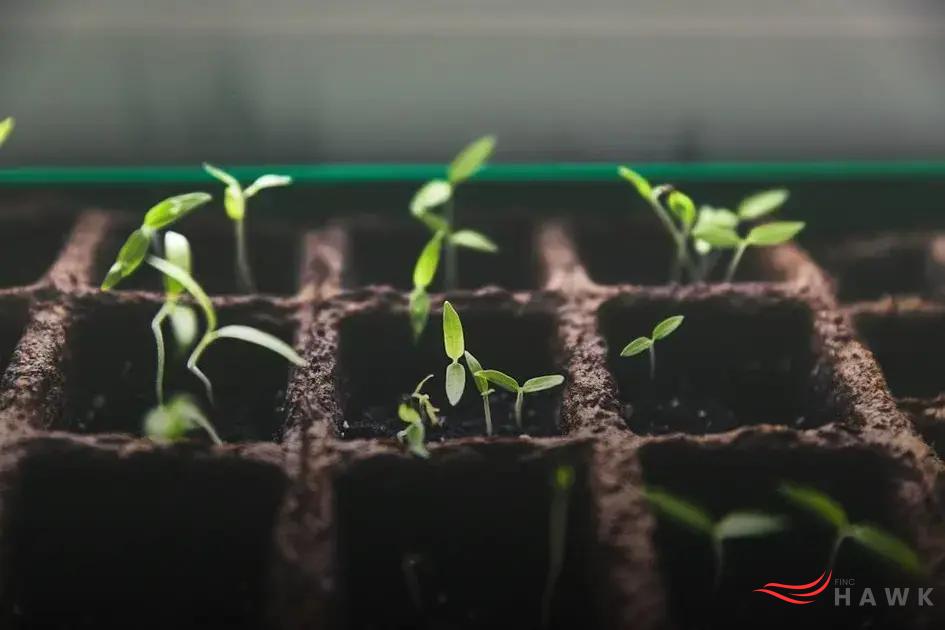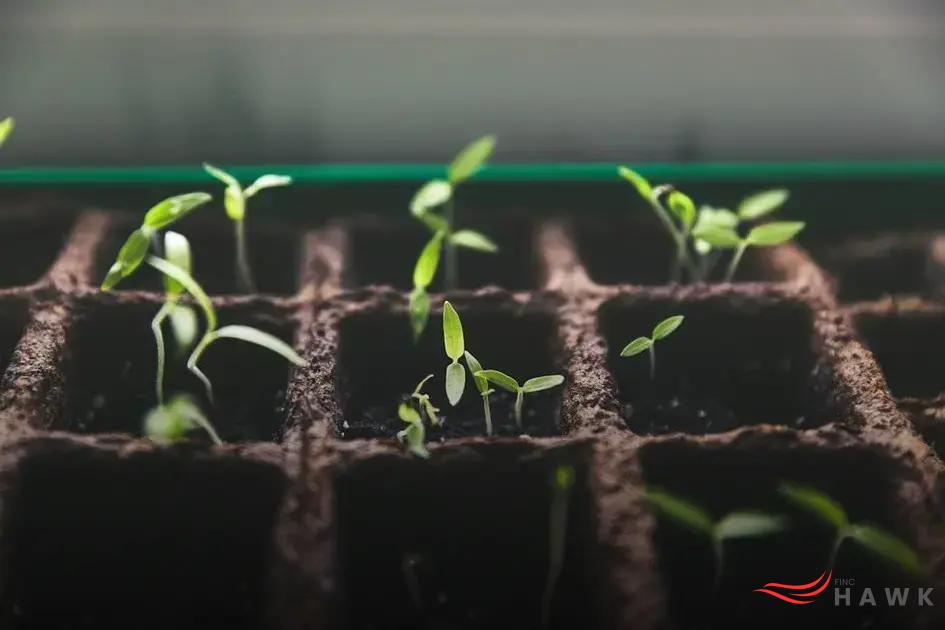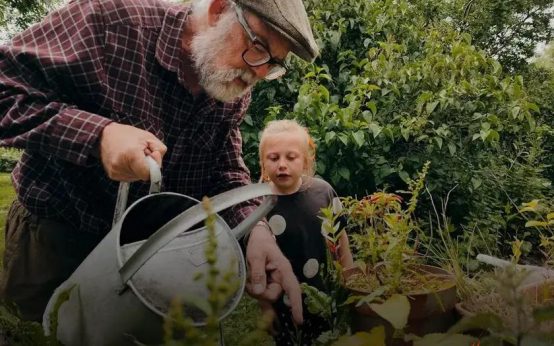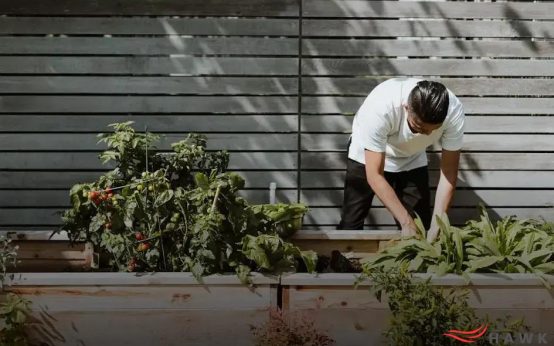Creating a compost bin at home is an eco-friendly way to recycle kitchen waste and enhance your garden. In this guide on how to build a compost bin at home, you will learn about materials needed, step-by-step instructions, and maintenance tips. Whether you are a gardening enthusiast or a beginner, composting is easy and beneficial. Let’s get started with this sustainable project!
Materials Needed for Your Compost Bin
Creating a compost bin at home is a simple and rewarding DIY project that can help reduce waste. Here are the essential materials you’ll need:
- Wooden pallets or any scrap wood: Perfect for building the structure of your compost bin, providing durability and allowing for airflow.
- Galvanized nails or screws: Essential for holding your wooden pallets or boards together securely.
- Wire mesh or hardware cloth: Helps maintain the contents of your compost bin while ensuring good aeration.
- Brackets or hinges: Useful if you plan to make a door for easy access and turning of compost.
- Lid material: A piece of plastic or tarp to cover your compost bin, maintaining moisture while keeping out excess rain.
- Optional: Wheels or sturdy handles if you want to make your compost bin mobile for easy relocation around your yard.
Having these materials ready beforehand will make the construction process straightforward, enabling you to efficiently manage your kitchen and garden waste.
Step-by-Step Guide to Building

Start by finding a suitable location for your compost bin. Ensure it is easily accessible and has good drainage. Once you’ve selected a spot, gather your materials: wooden pallets can make excellent frames for a sturdy bin.
Use a saw to cut the pallets into sizes that fit your space, then assemble them into a three-sided box, leaving one side open for easy access. Nail the pallets together securely, ensuring they stand firm.
Next, prepare your base: place the open side of the bin on the ground. Lay down a few inches of twigs or straw to promote aeration and drainage.
Now, start filling your bin. Begin with a layer of brown materials, such as dried leaves or small branches. Alternate layers of green materials, like vegetable scraps and grass clippings, with more brown layers. Keeping a good balance of green and brown helps speed up the composting process.
Be sure to moisten the layers as you add them, but avoid over-watering. The compost should feel like a damp sponge. Turn the pile every few weeks to provide oxygen and hasten the decomposition.
Once the bin is full, continue to monitor moisture and temperature, turning it periodically. With time, this process will create rich compost for your garden.
What to Compost: Dos and Don’ts
Identifying what you can or cannot compost is crucial for effective composting. Knowing these do’s and don’ts helps steer clear of common mistakes and ensures a nutrient-rich end result.
Do Compost:
- Fruits and Vegetables: Peels, cores, and scraps are all great.
- Coffee Grounds and Tea Bags: They add nitrogen, but ensure tea bags are compostable.
- Eggshells: Crushed eggshells add calcium.
- Grass Clippings: These are high in nitrogen but add in moderation.
- Leaves: A carbon-rich ingredient that helps balance the nitrogen.
Don’t Compost:
- Dairy Products and Meats: They attract pests and cause odors.
- Greasy Foods and Oils: These take too long to break down.
- Diseased Plants: Prevent spreading diseases to your garden.
- Pet Waste: It may contain harmful bacteria.
- Synthetic Materials and Plastics: These do not decompose.
Following these guidelines will help you maintain a balanced and successful compost bin, enriching your homemade compost without attracting unwanted pests or creating foul odors.
Maintaining Your Compost Bin

Keeping your compost bin in top condition ensures effective decomposition and a balanced, nutritious compost for your plants. Below are some guidelines to help you maintain your bin efficiently:
1. Aerate the Pile
Regular aeration is crucial for your compost bin to ensure that the microorganisms responsible for breaking down organic matter have ample oxygen. Use a pitchfork or a compost aerator tool to turn the materials every one to two weeks. This will speed up the composting process and prevent unpleasant odors.
2. Monitor Moisture Levels
Compost requires the right level of moisture—similar to that of a damp sponge. If it becomes too dry, decomposition will slow down, while too much water can lead to an anaerobic (oxygen-lacking) environment, causing bad smells. In dry periods, sprinkle water evenly. If it becomes waterlogged, consider adding dry materials like straw or shredded newspaper.
3. Balance Brown and Green Materials
A balanced mix of brown (carbon-rich) and green (nitrogen-rich) materials is essential. Too much green material (e.g., grass clippings) can make the pile smelly, whereas excess brown material (e.g., dried leaves) slows composting. Aim for a ratio of two-thirds brown to one-third green.
4. Pest Control
To prevent unwanted visitors like rodents, refrain from adding meat, dairy, or oily foods to your bin. Ensure your compost bin is properly sealed. Using wire mesh can help deter pests and maintaining a clean surrounding area also minimizes risks.
5. Temperature Check
The temperature of your compost should be checked regularly, especially if it’s a hot composting system. A well-maintained compost pile will heat up as high as 130-160°F, which helps to kill pathogens and seeds. If the temperature drops, it may indicate a need for more green material or aeration.
Consistent care and observation allow your compost bin to work efficiently, providing you with rich, homemade compost to enrich your garden soil.
Benefits of Composting at Home
Composting at home offers numerous advantages that not only help the environment but also improve your living space. By turning organic waste into nutrient-rich soil, you can significantly reduce landfill waste, which in turn lowers greenhouse gas emissions. Each time you compost kitchen scraps and yard waste, you’re taking a step towards a more sustainable lifestyle.
Moreover, composting provides eco-friendly, free fertilizer for your garden. The compost you produce is rich in nutrients, helping plants grow stronger and healthier without the need for chemical fertilizers. This natural method nurtures the soil, improving its structure, moisture retention, and fertility.
Composting at home also fosters a deeper connection with nature. It’s a rewarding process that teaches patience and responsibility. Plus, it encourages household members to be more mindful of the waste they produce, promoting better waste management habits overall.
Additionally, composting can save you money. By producing your own compost, you reduce the need to purchase soil amendments and fertilizers. It also minimizes the amount of trash you’d otherwise pay to have collected.
Finally, creating a compost bin at home enhances biodiversity in your garden. It helps support a range of beneficial organisms such as earthworms and microorganisms, which further break down organic material, enriching your soil ecosystem.





